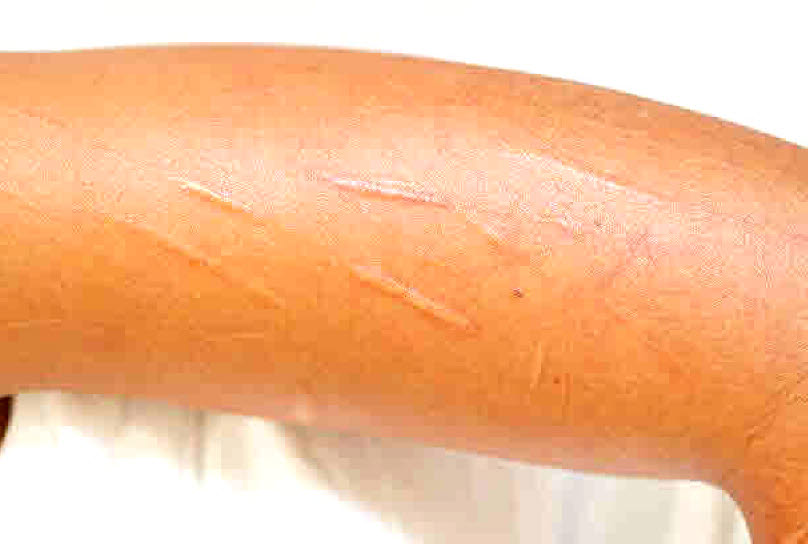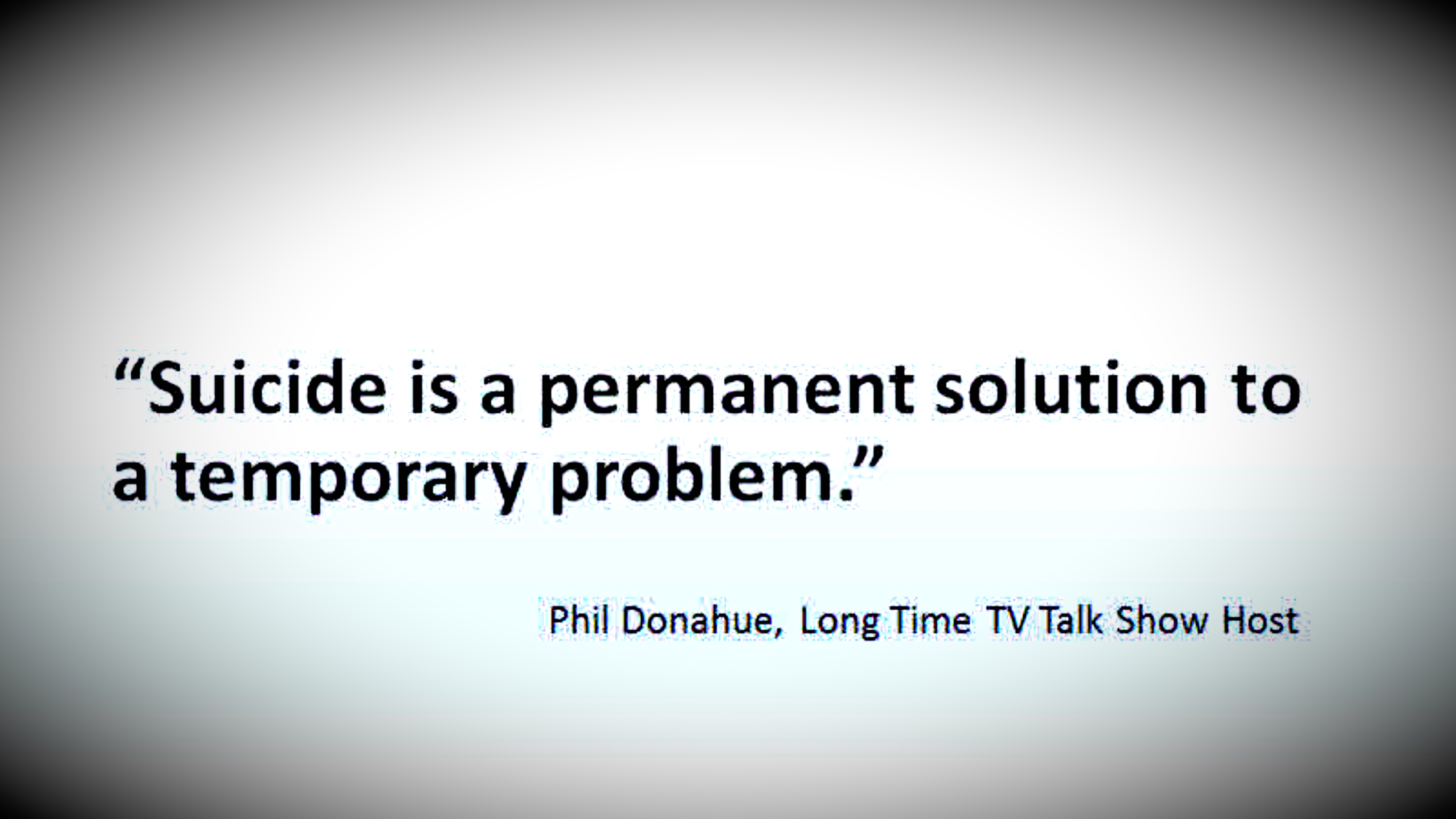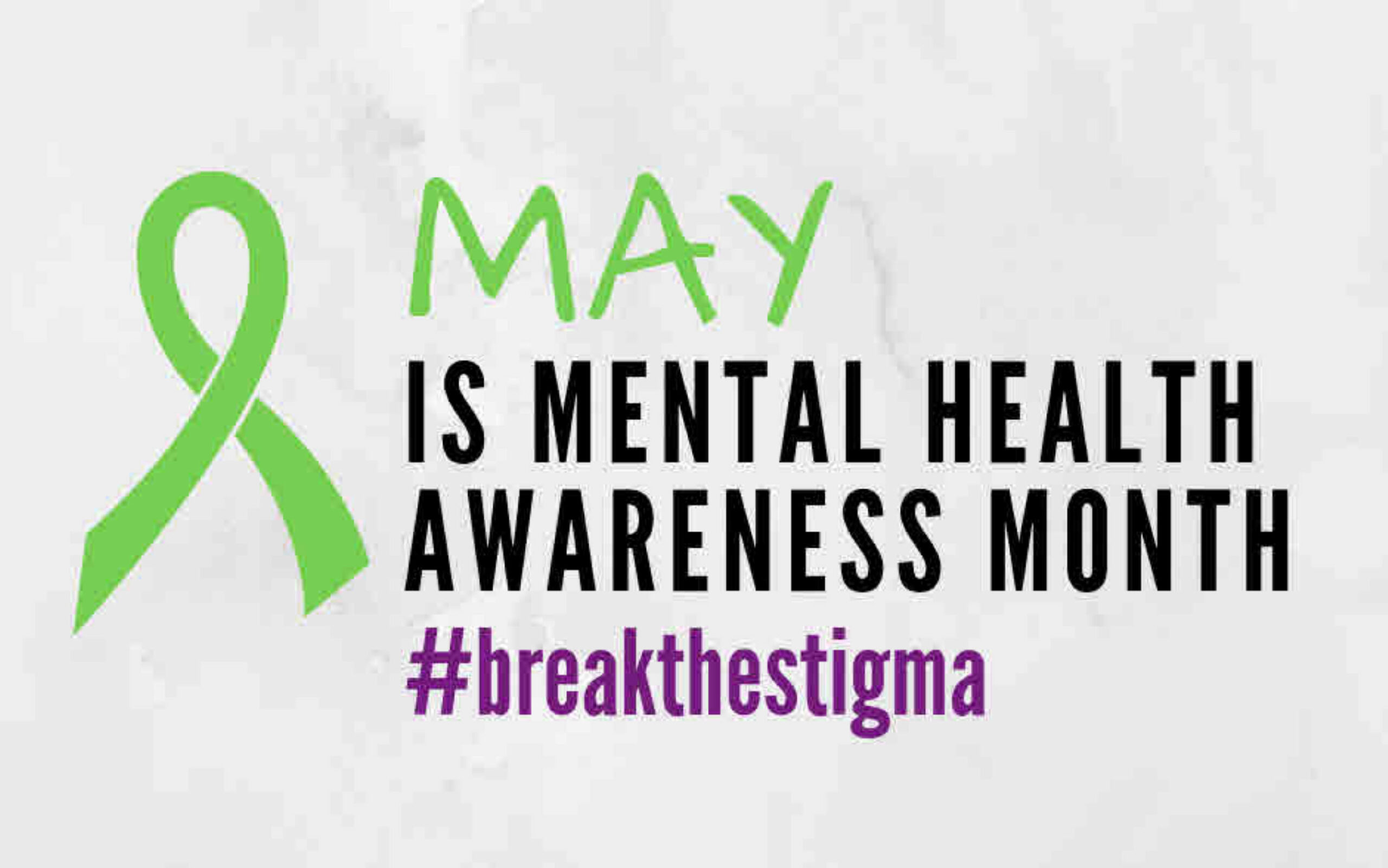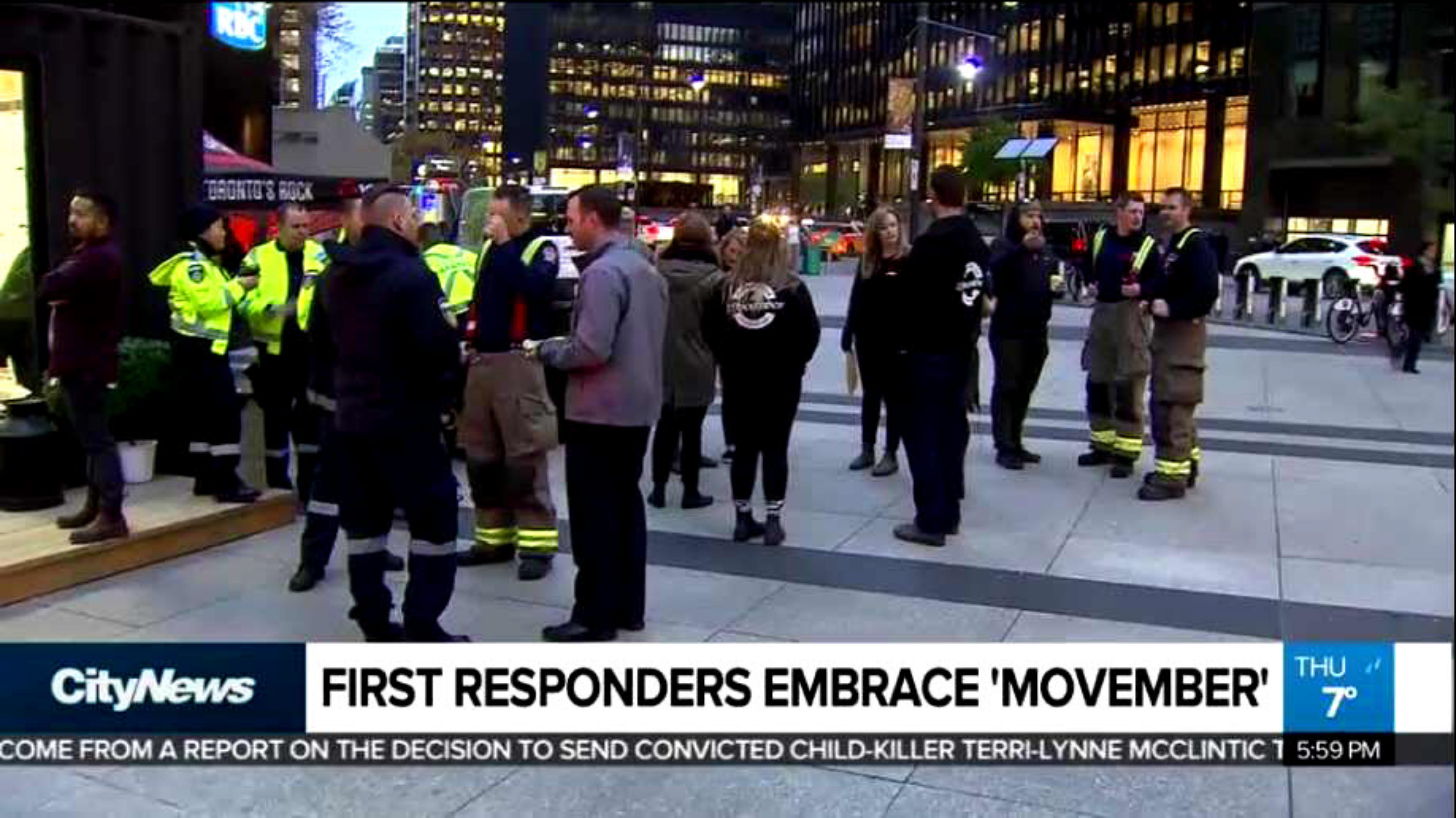When kids intentionally hurt themselves, often by #cutting or scratching their skin, as a way to manage difficult emotions

Rachel Ehmke
What You’ll Learn
- Why do kids cut or hurt themselves?
- What are signs of self-injury?
- How can #parents help?
The most common way kids self-injure is by #cutting themselves. Some kids also burn themselves or pick at skin and wounds.
While #cutting might look like suicidal #behavior, it actually isn’t. Some kids say they hurt themselves because it distracts them from the intense emotional pain that they are feeling. Other #kids say they do it because they feel numb. For these kids, hurting themselves helps them feel something. While many people try to keep their self-injury a secret, for others it can be a way to ask for help.
Kids often keep cutting because it becomes a way they cope with how they’re feeling. And the longer they practice #self-injury, the more they’ll come to rely on it.
If you think your #child might be self-injuring but you aren’t sure, there are signs to look for. Suspicious-looking scars, wounds that won’t heal, and always wearing long-sleeved shirts can all be signs.
If your child is self-injuring, it is important to get help. Talk to a #mentalhealthprofessional about getting your #child an evaluation. This can help determine what your #child is struggling with and what treatment will be most effective. Therapies called #dialecticalbehaviortherapy (#DBT), #cognitivebehaviortherapy (#CBT) and family therapy can all help.
There are few things more disturbing for moms and dads than finding out that your #child is intentionally hurting herself. Unfortunately, it’s very common, especially among #girls. Experts call it “#self-injury,” and as many as a quarter of all #teenagers do it.
The most common form of #self-injury is cutting or scratching the skin with anything that can draw blood, such as razors or even paperclips and pen caps, but people also self-injure by burning themselves, picking at skin and wounds, or hitting themselves. They often start around puberty.
When a person develops a habit of cutting her arms it might look like suicidal #behavior, but it actually isn’t. People who self-injure aren’t trying to kill themselves, they are trying to alleviate some emotional distress they are feeling. However, the #behavior indicates a depth of psychic pain that could lead to a #suicideattempt. The #behavior is also inherently dangerous because people who self-injure may hurt themselves more seriously than intended or develop infections or other medical complications.
#JamesDonaldson notes:
Welcome to the “next chapter” of my life… being a voice and an advocate for #mentalhealthawarenessandsuicideprevention, especially pertaining to our younger generation of students and student-athletes.
Getting men to speak up and reach out for help and assistance is one of my passions. Us men need to not suffer in silence or drown our sorrows in alcohol, hang out at bars and strip joints, or get involved with drug use.
Having gone through a recent bout of #depression and #suicidalthoughts myself, I realize now, that I can make a huge difference in the lives of so many by sharing my story, and by sharing various resources I come across as I work in this space. #http://bit.ly/JamesMentalHealthArticle
Understanding the drive
It’s hard to understand why anyone would want to intentionally hurt themselves or why that injury would come as a relief, as many self-injurers describe it. Some people report that it serves as a distraction from some other intense emotional pain, says Ron Steingard, MD, a #psychiatrist at the #ChildMindInstitute.
Others self-harm because they feel deadened inside. “They’ve locked down so tightly because of whatever’s going on in their lives that they feel they’re incapable of feeling anything at all,” says Dr. Steingard. “So they hurt themselves in order to feel something.”
In some cases self-injury can also become a way of communicating. When a young person is found to be cutting, it’s likely to elicit empathy and concern from #parents and other #adults. Next time she is feeling desperate, she might use self-harm as a way to communicate her feelings.
A way to cope
But self-injury isn’t always a form of communication. Some kids are very secretive about the habit, and are focused only on ameliorating their own pain, not sharing it. It’s what clinicians call a maladaptive coping tool: Even though self-injury isn’t the best way to manage a problem, it might bring temporary relief.
Unfortunately that relief makes self-injurious behavior very #reinforcing, so kids come to rely upon it as a way to deal with their painful feelings. And the longer they practice self-injury the more reinforcing it becomes.
Red flags for #cutting
If you suspect that your child may be hurting herself but you’re not sure, look for these signs:
- Talking about self-injury
- Suspicious-looking scars
- Wounds that don’t heal or get worse
- Cuts on the same place
- Increased #isolation
- Collecting sharp tools such as shards of glass, safety pins, nail scissors, etc.
- Wearing long-sleeved shirts in warm weather
- Avoiding social activities
- Wearing a lot of band aids
- Refusing to go into the locker room or change clothes in school
Triggers
The impulse a #teenager feels to harm herself is almost always triggered by a specific event in her life. The most common “trigger” for cutting is feeling rejected: by a boyfriend, her close friends, or by a general feeling of being left out or criticized.
#Cutting can also be copy-cat #behavior inspired by videos and images that show other #girls #cutting.
Getting self-harm help
If you discover that a #child has been hurting herself, even if she says it was a one-time thing, it’s important to get help. It’s true that kids might experiment with self-injury, especially if they have friends who are doing it, but it’s a serious and dangerous #behavior, and you don’t want to ignore what might be a real #mentalhealthissue.
- Evaluation: To begin with, you should have your daughter evaluated by an experienced #mentalhealthprofessional to find out what her reasons for hurting herself are and what emotional difficulties she’s experiencing.
- #Dialecticalbehaviortherapy (#DBT): One highly recommended treatment is #DBT, in which a #psychologist works with your #child to help her learn how to tolerate uncomfortable feelings anger, #anxiety and rejection without resorting to cutting.
- #CognitiveBehavioraltherapy (#CBT): In #CBT, a #psychologist teaches your #child to challenge negative, distressing thoughts, to recognize the pattern and train herself to think outside it. In many cases, particularly with teenagers, this treatment is very successful.
- Family Therapy: If there are things going on at home-fighting, job loss, a death-that could be the source of your daughter’s emotional troubles, family therapy is a good way to begin treatment.
- Medication: Often if there is another disorder involved, a #doctor will prescribe medication to treat that condition. The combination of medication and psychotherapy is very successful at treating kids who self-harm.
Finally, Dr. Steingard recommends that families try to be open and supportive. “This is a #behavior that’s very hard for people to get inside and empathize with. But it isn’t something that a person can just stop; it’s something that needs to be understood. ”Rachel Ehmke
Rachel Ehmke is managing editor at the #ChildMindInstitute.

James Donaldson is a Washington State University graduate (’79). After an outstanding basketball career with WSU, he went on to play professional basketball in the NBA with the Seattle Supersonics, San Diego/L.A. Clippers, Dallas Mavericks, New York Knicks, and Utah Jazz. He also played for several teams in the European Leagues in Spain, Italy, and Greece, and he toured with The Harlem Globetrotters to wrap up his career. James was an NBA All-Star in 1988 while playing center for the Dallas Mavericks. In 2006, James was inducted into the Pac-10 Sports Hall of Fame and also the Washington State University Athletic Hall of Fame. In 2010, James was elected as a board member for the NBA Retired Players Association.
James frequently conducts speaking engagements (motivational, inspirational, educational) for organizations, schools, and youth groups.
In 2010, James was the recipient of the NBA Legends of Basketball ABC Award, awarded for outstanding contributions in Athletics–Business–Community.
He believes in being a role model for success and professionalism to the scores of young people to whom he devotes so much of his time. He currently serves on several boards and committees and is a member of many organizations.
James believes in developing relationships that create a “Win-Win” environment for everyone involved, and in being the best he can be!
For more information about James Donaldson or to request he speak at your event, contact him at:
www.StandingAboveTheCrowd.com
JamesD@StandingAboveTheCrowd.com
1-800-745-3161 (voicemail & fax)
James Donaldson is the author of “Standing Above The Crowd” and “Celebrating Your Gift of Life” and founder of the Your Gift of Life Foundation which focuses on mental health awareness and suicide prevention, especially pertaining to our school aged children and men.
If you’re interested in having James come and speak to your group of young adults, business entrepreneurs, aspiring political and community leaders, and athletic teams, please contact him at jamesd@yourgiftoflife.org and or leave a personal message for him at 1-800-745-3161. Keep up with him and read about how he is reaching out and making a difference in the lives of so many around the world at www.yourgiftoflife.org




